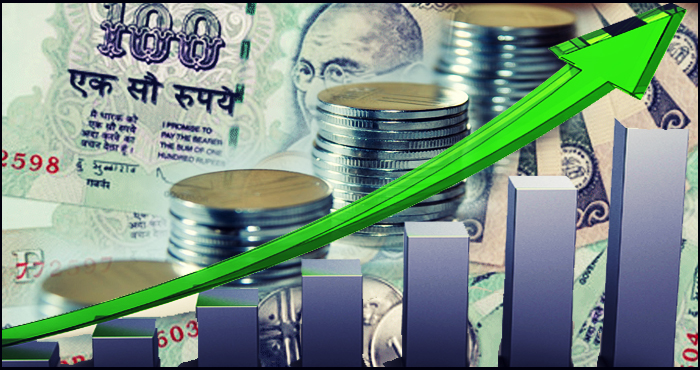West Bengal has gone through a significant transformation with the public finances. The state of the public finances was in a dilapidated condition when Mamata Banerjee took over as the Chief Minister of West Bengal.
Figures clearly show that the State’s fiscal measures have borne fruit:
- Revenue Deficit (difference between budgeted net revenue and actual net revenue) which was 3.6% (2010-11) has declined over the years. It was 2.7% (2011-12) to 2.1% (2012-13) and is projected at 0.5% (2013-14). The Revenue Deficit has sharply fallen from Rs 21,578 crore (2009-10) to Rs 13,308 crore (2012-13) and to Rs 3,488 crore (2013-14).
- Gross Fiscal Deficit (difference between government’s expenditure and revenue expressed as a percentage of GDP/GSDP) which was 4.4% (2010-11) has also declined over the years. It was 3.3 % (2011-12) and in 2013-14, it is projected at 1.8%. In the non special category states, in terms of Gross Fiscal Deficit, West Bengal had second highest GFD (2011-12), while in 2013-14, 6 states are above WB.
- The state’s own tax collection has increased historically. It was at Rs 22,000 crore (2011-12) and increased by more than 40% in 2012-13 and to Rs 39,100 crore (2013-14).
- Capital Expenditure Disbursement (it is the expenditure on development of machinery, equipment, building and other infrastructure) a greater growth of infrastructure like roads, bridges etc) grew by 44% in 2012-13, from Rs 10,505 crore (2011-12) to Rs 15,137 crore (2012-13) and further to Rs 18,914 crore (2013-14).
- The ‘Development Expenditure’ (as defined by RBI) has increased from 52% (2011-12) to 57% (2012-13 and 2013-14).
- The ratio of own revenue generation to the revenue expenditure has significantly increased from 35.8% (2011-12) to 39.8% (2012-13) and to 45.2% (2013-14).
Note: The figures of 2010-11 and 2011-12 are actual figures while figures of 2012-13 are Revised Estimates and 2013-14 are Budget Estimates.
Source of data: RBI publications and State Budgets.


